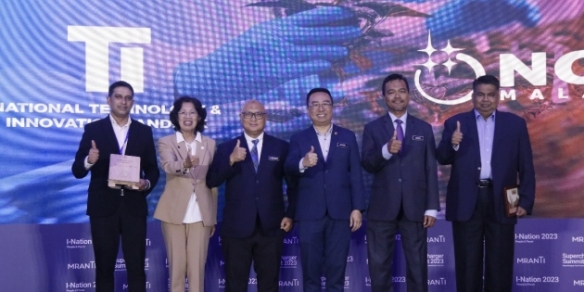Week in Review: Southeast Asia is a hot region and part of a sexy acronym
By Karamjit Singh January 6, 2018
- Patrick Grove as bullish as ever on SEA with mobile driving his confidence
- Get familiar with ICASA, will be in more startup decks and conversations with investors
The one consistent message that Patrick Grove, co-founder and chairman of the Catcha Group has been shouting about for the last decade has been about the market potential of the 620 million strong Southeast Asia (SEA) region which comprises of 10 nations.
And that potential is magnified by his other big theme ie the strong mobile penetration in the region which means that a vast majority of the citizens of SEA can be reached by internet companies through their mobiles – bypassing middle men and leapfrogging the patchy to poor communications infrastructure, excluding Singapore and Malaysia of course, in the region.
The population is large, it is mainly young and it is becoming more digital savvy and its middle class is growing fast which means, more disposable income. It’s the perfect wave, almost.
And the person who has benefited the most from the region’s digital potential has been Grove, an Australian who through his Malaysian mother, has strong roots in Malaysia and has used Kuala Lumpur as the base for his digital businesses since 1999 with the launch of his first internet play, Catcha.com, a portal.
His first big exit was iProperty that Australian real estate leader REA Group Ltd, first bought into in 2014 for US$100 million before buying out the entire company in Nov 2016 for US$414 million.
For perspective, Grove listed iProperty on the Australian Securities Exchange (ASX) in September 2007 at A$0.25 per share. The sale price worked out to A$4 per share.
At the time of the deal, Grove told me that he hoped the deal “inspires other (SEA) entrepreneurs to start great disruptive companies”, and “I hope it motivates investors to back them, knowing that SEA can and will create more great companies.”
And with Chinese investors, especially its big three internet companies of Alibaba, Tencent and JD.com the new factor in the region, chances are bright that other internet entrepreneurs can attract strong partners/investors to their businesses. And Grove agrees that the strong Chinese interest in the region is a boost for entrepreneurs.
The key take-away for me is that entrepreneurs in the region have strong tailwinds they should aggressively take advantage of. And note that the term BRIC which has long been used to describe the strong economic prospects of Brazil, Russia, India, and China has now been adapted to include Southeast Asia with the new term being ICASA (India, China, Africa, and Southeast Asia). Expect to see that in startup decks and conversations with investors this year.
And with that, I wish you a restful weekend and hope your first week back was a rock solid one, setting the tone for the rest of the year. Have a productive week ahead.
Editor’s Picks:
Women must change mindset to excel in tech
Simulacra: Will the real owner of this phone please stand up?
Patrick Grove high on mobile, can’t wait to wear the yellow hard hat in 2018
MyCash Online breaks into international market
DNA Review: Mi Mix 2 better second time round
AIMS looks back on 2017 and looks forward to 2018
4 things holding back IoT, and why success comes through agile adoption
For more technology news and the latest updates, follow us on Facebook, Twitter or LinkedIn.


